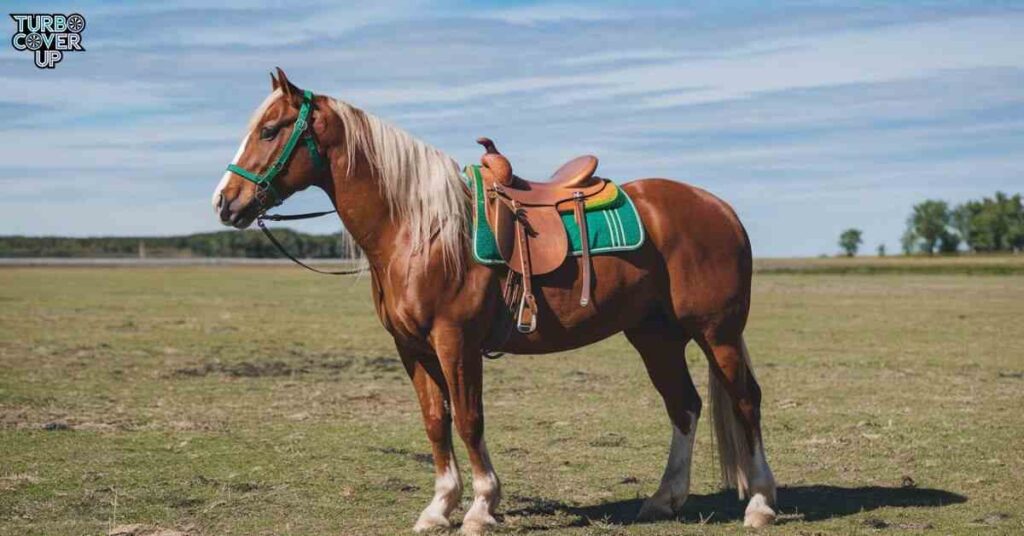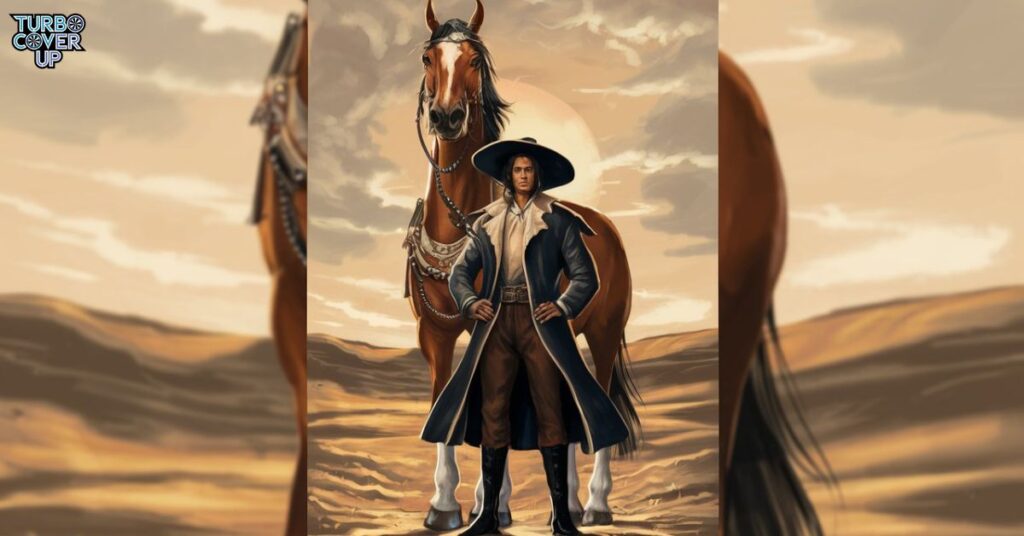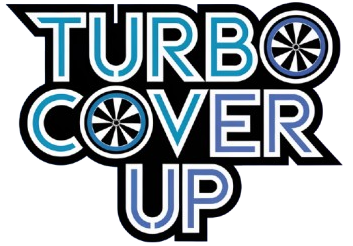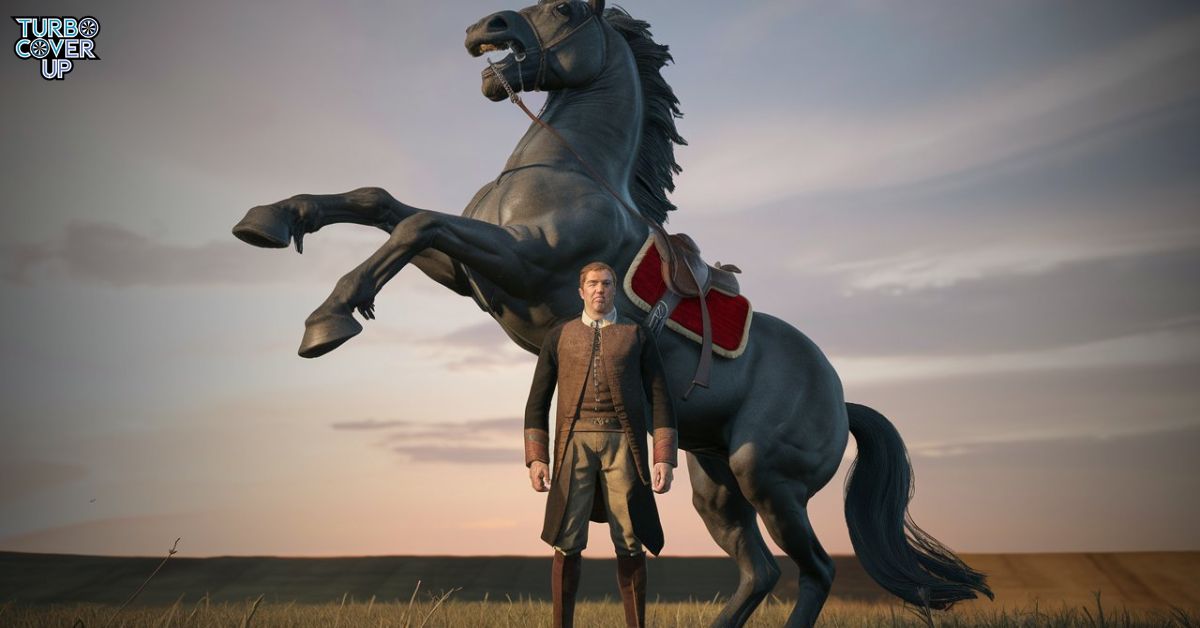Understanding Horse Height Compared to Humans
Have you ever stood beside a horse and felt overlooked by its size? Understanding horse height and how it compares to human height is fascinating and important for anyone interested in these majestic animals. Let’s discuss the world of equine height and explore how horses measure up to their two-legged companions.
When discussing horse size, we’re not just discussing a fun fact. It’s crucial knowledge for riders, trainers, and even casual horse enthusiasts. The size difference between horses and humans affects everything from how we interact with these animals to the equipment we use. So, discuss the ins and outs of horse height comparison!
Understanding the Size Comparison between Horses and Humans
When you stand next to a horse, you might feel like you’re next to a living, breathing SUV! Horses typically range from about 14 to 17 hands high at the shoulder (that’s 56 to 68 inches or 142 to 173 cm). Compare that to the average human height in the USA, which is about 5’9″ (175 cm) for men and 5’4″ (162 cm) for women. That’s quite a difference!
But horse height isn’t just about numbers. It affects how we interact with these magnificent creatures. A taller horse might be harder to mount but could have a longer stride, while a shorter horse might be easier to groom but may struggle with larger riders. Understanding these scale differences helps us choose the right horse for different activities and ensures both horse and human are comfortable and safe.
Discover Surprising Comparisons: Horse Height vs Human
You might be surprised to learn that if horses could stand on their hind legs, some breeds would be as tall as a basketball hoop. Imagine you’re 5’6″ tall. Standing next to an average horse, you’d be about eye-level with its shoulder. Now, that’s what I call a height comparison!
Here’s a fun fact: the tallest horse ever recorded was a Shire horse named Sampson (later renamed Mammoth). He stood at a whopping 21.2 hands (7 feet 2.5 inches or 219 cm) tall! That’s taller than most doorways. On the flip end of the size spectrum, the smallest horse was a dwarf miniature horse named Thumbelina, standing at just 17 inches (43 cm) tall. Talk about size variance!
Horse Height

When we measure horses, we don’t use feet and inches like we do for humans. Instead, we use a unit called “hands.” One hand equals 4 inches (10.16 cm). This tradition dates back to ancient Egypt when people used the width of a human hand to measure horses.
To measure a horse height, we start at the ground and measure up to the highest point of the withers (the ridge between the shoulder blades). This spot is used because it’s a stable point that doesn’t change, unlike the head, which moves up and down. It’s fascinating to think that this method has been used for thousands of years!
Average Horse Height: How Big Do They Get
When it comes to average horse height, there’s quite a range depending on the breed and type of horse. Generally, horses fall into three categories: ponies, light horses, and draft horses. Ponies are typically under 14.2 hands (58 inches or 147 cm), light horses range from 14.2 to 17 hands (58-68 inches or 147-173 cm), and draft horses can be over 17 hands (68 inches or 173 cm).
Factors like genetics, nutrition, and overall health play a big role in determining a horse’s ultimate height. Most horses reach their full height by about 5 years old, but some large horse breeds like the Shire horse might continue growing until they’re 8! It’s amazing to think about the variety in horse breeds height – from the tiny Falabella miniature horse to the towering Shire, the horse world is full of size contrasts.
How to Measure a Horse Height
Measuring a horse height might sound simple, but it’s a bit of an art! You’ll need a few tools: a measuring stick (also called a height stick), a level surface, and often, a helper. Here’s a quick guide:
- Stand the horse on a flat, level surface.
- Position the horse with all four feet square and its head in a natural position.
- Place the measuring stick at the base of the front hoof.
- Raise the crossbar of the stick to rest on the horse’s withers.
- Read the measurements in hands and inches.
Even a slight slope in the ground or a horse that’s not standing square can throw off your measurement. It’s a good idea to take several measurements and average them for the most accurate result.
Human Height
Human height is typically measured in feet and inches in the USA, or centimeters in most other parts of the world. Unlike horses, we measure human height from the ground to the top of the head. But just like our equine friends, our height can vary quite a bit!
Average Height of a Human
In the United States, the average human height has been slowly increasing over the past century. According to the latest data from the Centers for Disease Control and Prevention (CDC), the average height for adult men in the USA is about 5’9″ (175 cm), while for women it’s about 5’4″ (162 cm). These US height statistics have remained fairly stable over the past few decades.
Variations in Height Among Different Human Populations
When it comes to height demographics, there’s quite a bit of variation both within the USA and around the world. Factors like genetics, nutrition, and overall health all play a role in determining how tall we grow. For example, people in the Midwest and Northeast tend to be slightly taller on average than those in the South. Globally, the Netherlands boasts the tallest average height, while countries in Southeast Asia tend to have shorter average heights.
Comparison of Horse Height to Human Height

The height comparison between horses and humans is pretty striking. Even a small horse is typically taller than the average human. For example, a 14.2-hand pony (the tallest height that’s still considered a pony) would be about 58 inches (147 cm) at the withers – that’s taller than many humans!
To give you a better idea, here’s a table comparing some popular horse breeds to average human heights:
| Horse Breed | Average Height (hands) | Average Height (inches) | Compared to Average US Male (5’9″) |
| Shetland Pony | 7 – 10.2 | 28 – 42 | Shoulder to mid-chest |
| Arabian | 14.1 – 15.1 | 57 – 61 | Eye level to top of head |
| Quarter Horse | 14.3 – 16 | 59 – 64 | Top of head to above head |
| Thoroughbred | 15.2 – 17 | 62 – 68 | Above head |
| Clydesdale | 16 – 18 | 64 – 72 | Well above head |
Specific Examples of Horse Breeds and Their Heights Compared to Humans
The Falabella, one of the smallest horse breeds, typically stands at just 6-8 hands (24-32 inches or 61-81 cm). That’s about waist-high to an average adult! On the other end of the spectrum, we have the majestic Shire horse. These gentle giants can reach heights of 17-19 hands (68-76 inches or 173-193 cm). Standing next to the Shire, most humans would find themselves at eye level with the horse’s shoulder!
Impact on Interactions and Activities
When it comes to horses, their size plays a huge role in how we interact with them. Imagine trying to saddle up a horse that’s way too tall for you – it’d be like climbing a mountain! That’s why matching a horse height to its rider is super important for comfort and safety.
But it’s not just about riding. A horse height affects everything from grooming to feeding to loading them into trailers. Taller horses might need special equipment, while shorter ones could be easier to handle for some folks. It’s all about finding that perfect fit between horse and human!
Interesting Facts of Horse
Did you know that the tallest horse in recorded history was a Shire gelding named Sampson?
He stood at an incredible 21.2 hands (7 feet 2.5 inches or 219 cm) tall! That’s taller than most doorways. On the flip side, the smallest fully-grown horse was a dwarf miniature horse named Thumbelina, who stood at just 17 inches (43 cm) tall.
Taller horses generally have longer strides, which can make them faster over long distances. However, shorter horses often have better agility and can make tighter turns. This is why you’ll see different-sized horses excelling at different equestrian activities.
For example, Thoroughbreds (typically on the taller side) dominate in racing, while shorter, stockier Quarter Horses excel in quick-start events like barrel racing.
Frequently Asked Questions
How tall is a regular horse?
A regular horse typically stands between 14.2 and 16 hands tall. That’s about 58 to 64 inches (147 to 163 cm) at the shoulder.
How tall is an 18 hand horse in feet?
An 18 hand horse is 6 feet (72 inches) tall at the shoulder. That’s one tall horse – taller than most humans!
How tall is a 14-hand horse?
A 14-hand horse stands 56 inches (142 cm) tall at the shoulder. This is about average height for a small horse or large pony.
How many feet tall is a 15.3 horse?
A 15.3 hand horse is 5 feet 3 inches (63 inches or 160 cm) tall at the shoulder. The “.3” means an extra 3 inches on top of 15 hands.
What’s the difference between a hand and an inch in horse measurement?
One hand equals 4 inches in horse measurement. So when you hear a horse is “15.2 hands,” that means 15 hands plus 2 inches, or 62 inches total.
Conclusion
In conclusion, the world of horse height is as varied and fascinating as the horses themselves. From the tiny Falabella to the towering Shire, each breed has its own unique characteristics and strengths. Understanding these height differences not only helps us appreciate the diversity of these magnificent animals but also guides us in choosing the right horse for different activities and riders. Whether you’re a seasoned equestrian or just a horse enthusiast, knowing about horse height adds another layer of appreciation for these incredible creatures. So next time you’re around horses, take a moment to marvel at their size – and maybe measure up!
Read More:

